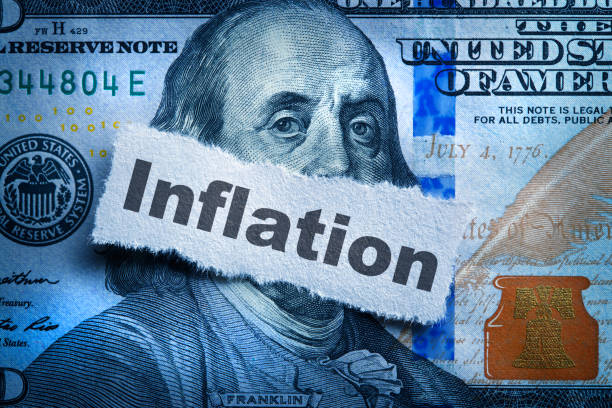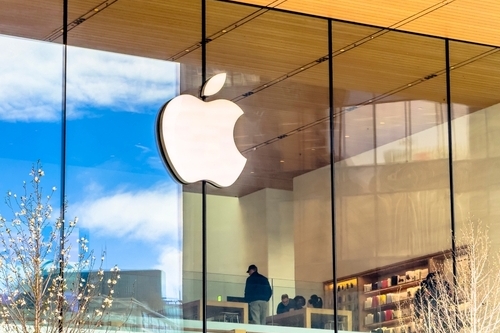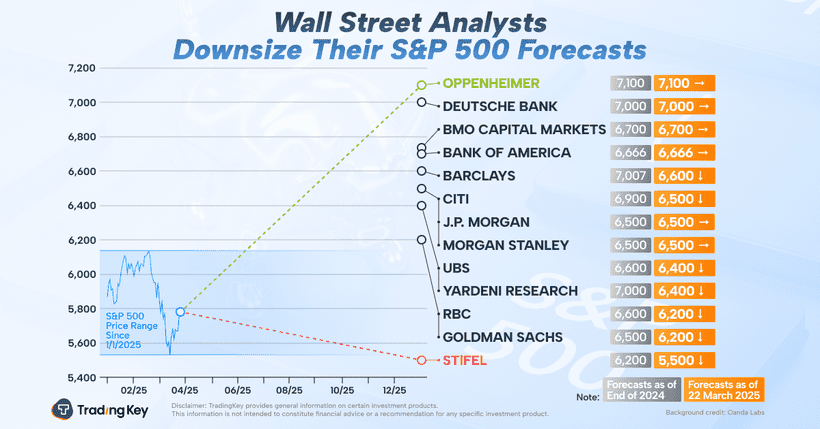USD/TRY advances to near 38.00 as political unrest erupts in Turkey

- USD/TRY appreciates as the US Dollar appreciates ahead of the weekly Initial Jobless Claims.
- US yields depreciated after the Federal Reserve reaffirmed its outlook for two rate cuts later this year.
- The Turkish Lira faces headwinds as political unrest erupts following the arrest of Istanbul Mayor Ekrem Imamoglu.
USD/TRY continues to gain ground as the US Dollar (USD) extends its gains, trading around 38.00 during the early European hours on Thursday. On Wednesday, the Federal Reserve held the federal funds rate steady at 4.25%–4.5% during its March meeting. Fed Chair Jerome Powell noted, “Labor market conditions are solid, and inflation has moved closer to our 2% longer-run goal, though it remains somewhat elevated.” Traders will likely observe the weekly Initial Jobless Claims, seconded by the Philly Fed Manufacturing Index and Existing Home Sales due on Thursday.
However, the Greenback might have received downward pressure from declining yields after the Federal Reserve (Fed) reaffirmed its outlook for two rate cuts later this year. However, uncertainty surrounding US President Donald Trump’s tariff policies adds a layer of caution.
The 2-year yield stands at 3.97%, and the 10-year yield at 4.24% at the time of writing. Meanwhile, US Treasury bonds gained traction following the Fed’s decision to slow the pace of quantitative tightening, citing concerns over reduced liquidity and potential risks tied to government debt limits.
Additionally, the Turkish Lira faces headwinds as political unrest erupts following the arrest of Istanbul Mayor Ekrem Imamoglu. His detention on Tuesday has sparked widespread protests, the largest seen in years. Many political analysts view Imamoglu as President Recep Tayyip Erdogan’s strongest rival and the most likely opposition candidate for the 2028 presidential election.
Earlier this month, the Central Bank of the Republic of Türkiye (CBRT) cut its benchmark one-week repo auction rate by 250 basis points to 42.5%—its lowest level since December 2023. The Monetary Policy Committee (MPC) justified the move by citing a decline in the core inflation trend in February, following January’s increase (39.05% vs. 42.12%).
Despite supportive domestic demand for disinflation and improving inflation expectations, risks remain in Türkiye. The central bank has reaffirmed its commitment to maintaining a tight monetary policy stance until inflation and price stability are achieved.
US Dollar FAQs
The US Dollar (USD) is the official currency of the United States of America, and the ‘de facto’ currency of a significant number of other countries where it is found in circulation alongside local notes. It is the most heavily traded currency in the world, accounting for over 88% of all global foreign exchange turnover, or an average of $6.6 trillion in transactions per day, according to data from 2022. Following the second world war, the USD took over from the British Pound as the world’s reserve currency. For most of its history, the US Dollar was backed by Gold, until the Bretton Woods Agreement in 1971 when the Gold Standard went away.
The most important single factor impacting on the value of the US Dollar is monetary policy, which is shaped by the Federal Reserve (Fed). The Fed has two mandates: to achieve price stability (control inflation) and foster full employment. Its primary tool to achieve these two goals is by adjusting interest rates. When prices are rising too quickly and inflation is above the Fed’s 2% target, the Fed will raise rates, which helps the USD value. When inflation falls below 2% or the Unemployment Rate is too high, the Fed may lower interest rates, which weighs on the Greenback.
In extreme situations, the Federal Reserve can also print more Dollars and enact quantitative easing (QE). QE is the process by which the Fed substantially increases the flow of credit in a stuck financial system. It is a non-standard policy measure used when credit has dried up because banks will not lend to each other (out of the fear of counterparty default). It is a last resort when simply lowering interest rates is unlikely to achieve the necessary result. It was the Fed’s weapon of choice to combat the credit crunch that occurred during the Great Financial Crisis in 2008. It involves the Fed printing more Dollars and using them to buy US government bonds predominantly from financial institutions. QE usually leads to a weaker US Dollar.
Quantitative tightening (QT) is the reverse process whereby the Federal Reserve stops buying bonds from financial institutions and does not reinvest the principal from the bonds it holds maturing in new purchases. It is usually positive for the US Dollar.





